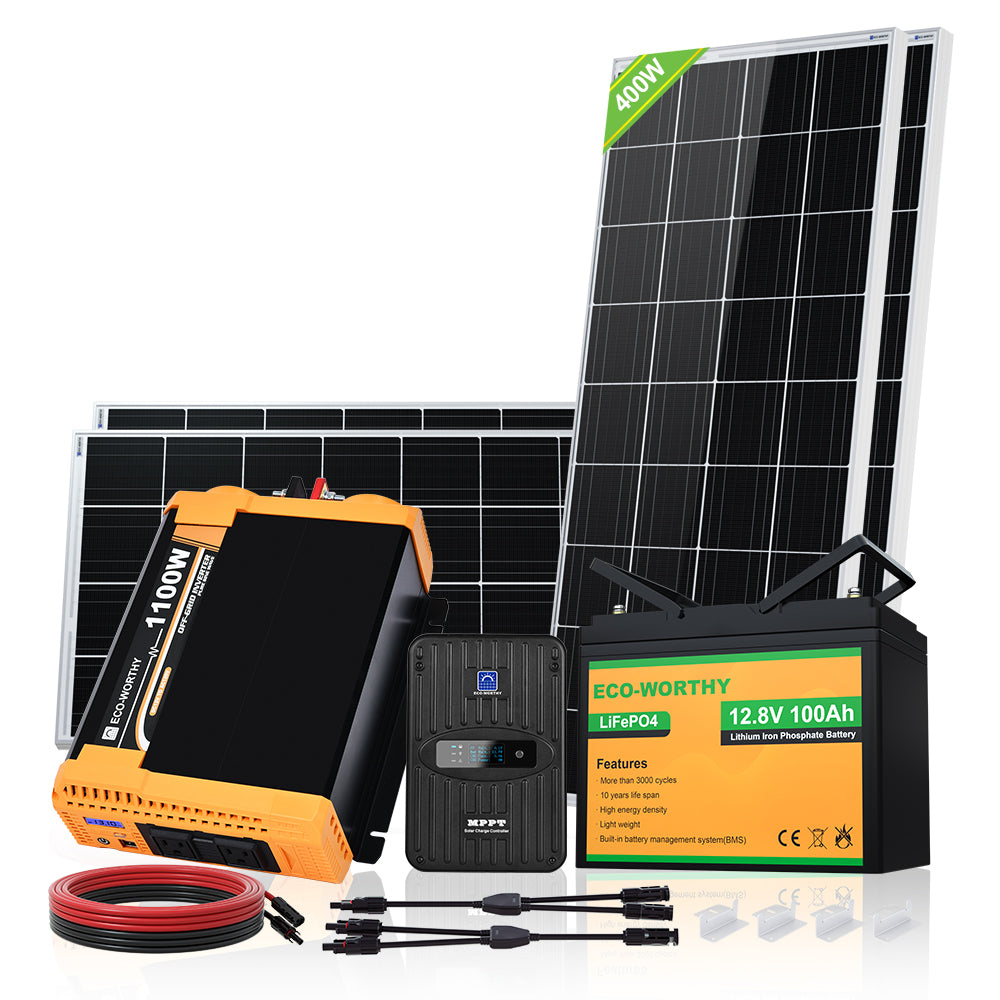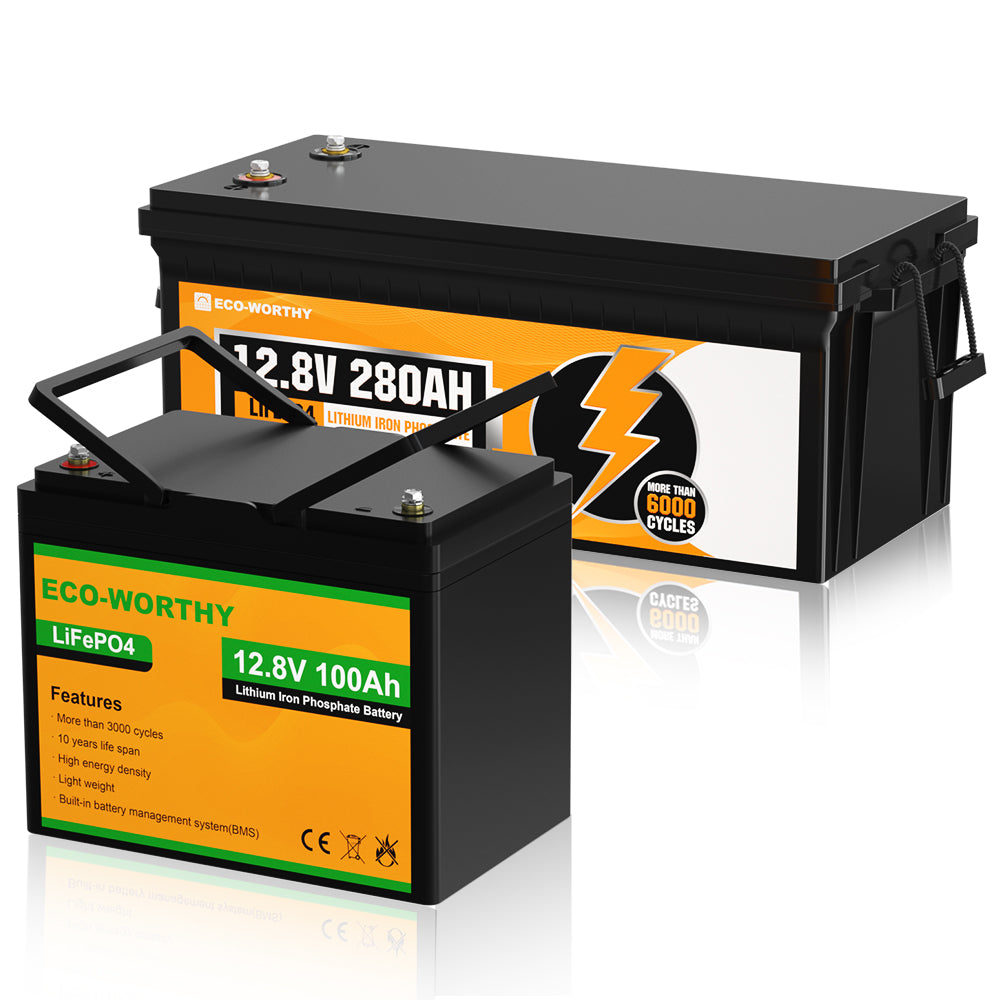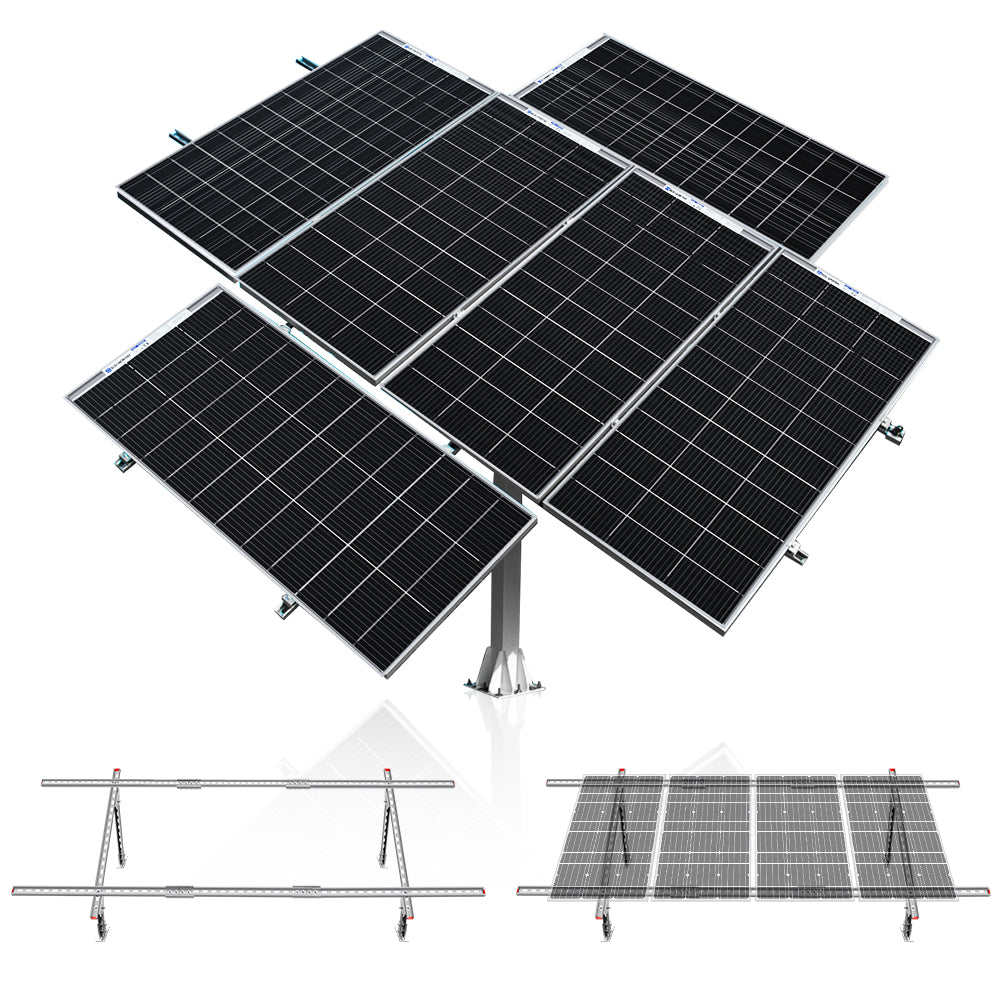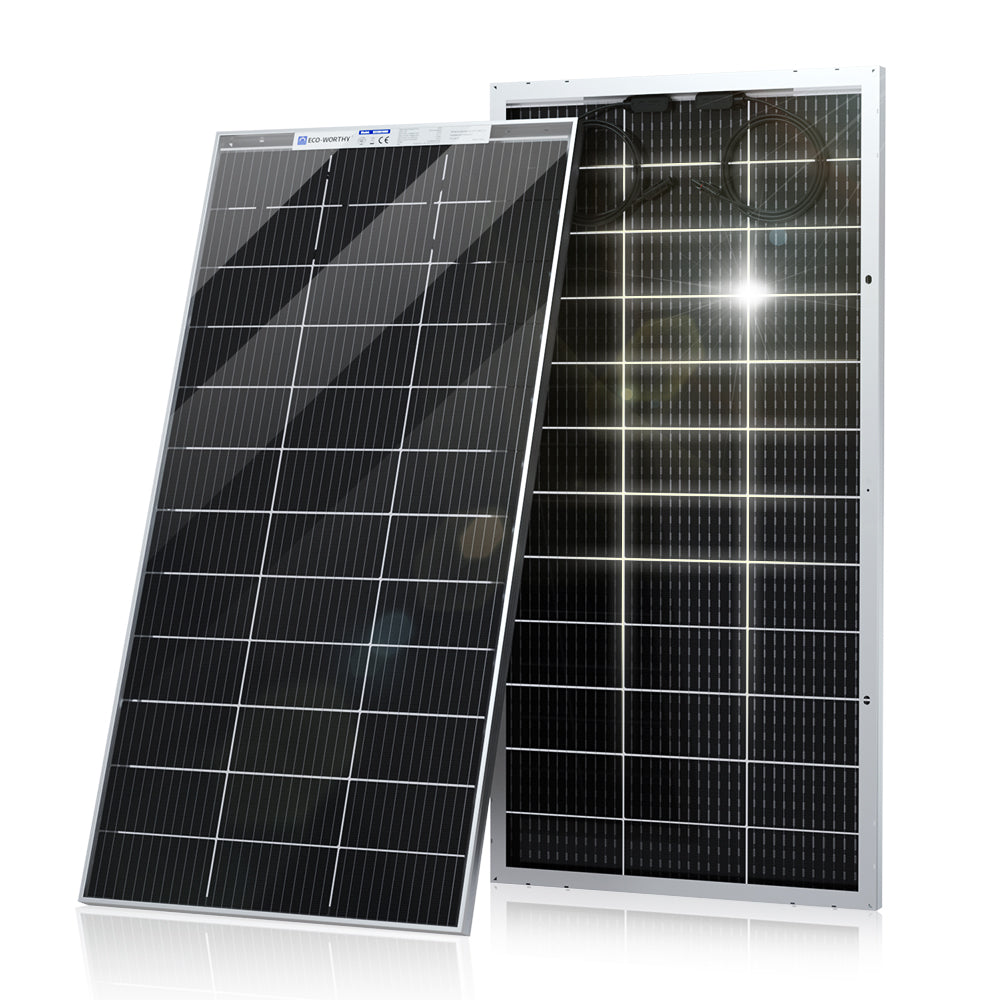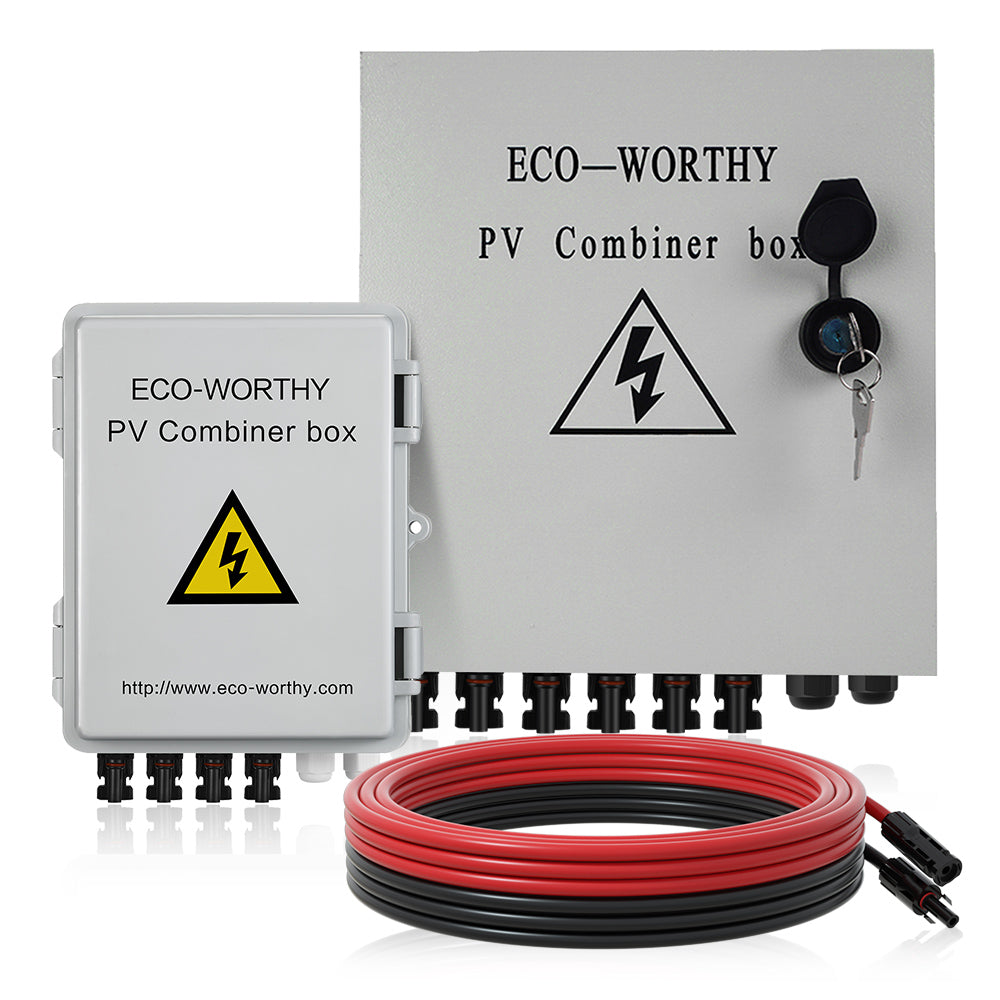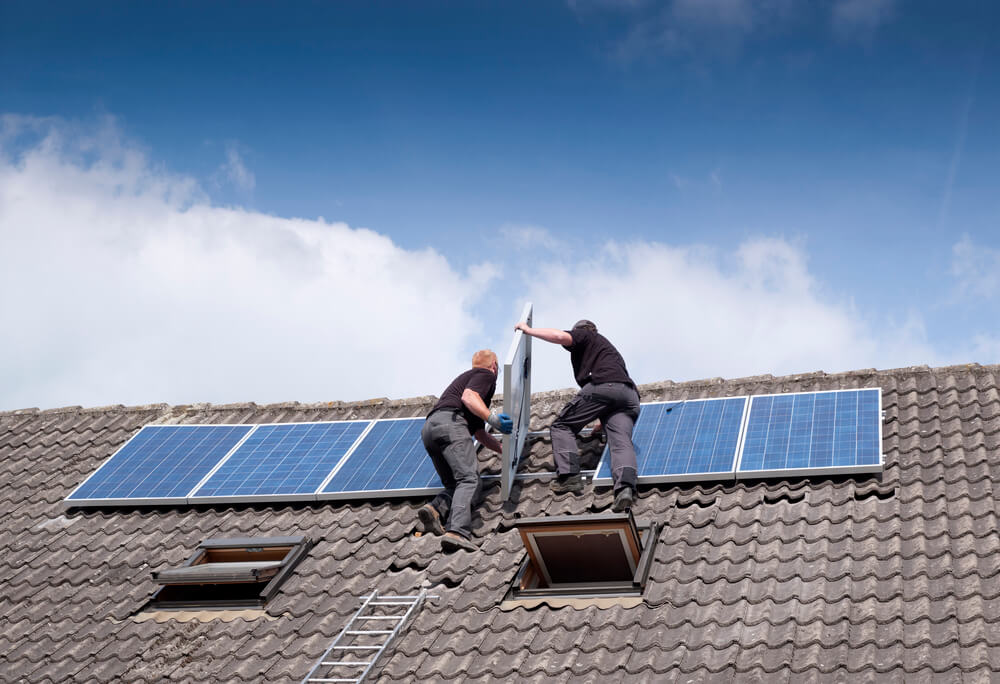CanaryMedia authour Eric Wesoff published a US solar review titled: "The solar industry in 2021: Big, complicated and kind of weird”
The continuous downward trend in PV prices has come to the end
For the first time in the memory of many solar analysts, prices for solar system hardware increased in an industry where it was assumed that prices would continue to decline. All materials used to make solar modules are facing upward price pressure, including polysilicon, silver, copper, aluminum and glass. High prices for polysilicon are challenging some solar projects. Bloomberg NEF’s solar team notes that polysilicon spot prices have rocketed from a low of $6.30 per kilogram in 2020 to $37 per kilogram at the end of this year.

Global logistics issues are forcing delayed deliveries and higher prices for PV materials and modules. Shipping costs have risen by 500%, according to some analyst. Solar power remains the lowest-cost energy source in many places, but due to less profit, power purchase agreements are being renegotiated. Still, strong demand for solar means PV projects are more likely to be temporarily delayed than cancelled. The increase in solar input costs and power purchase is same with other sources.
Solar-plus-storage on the rise
“Of the 170 gigawatts of solar projects entering the grid interconnection queues in 2020, 36 percent were paired with batteries,” according to a report from Lawrence Berkeley National Laboratory.

“Everything in 2022 will have a storage component,” George Hershman, CEO of engineering procurement and construction company Solv, told this author. “Everything in California and the West, every contracted asset is going to have storage. We’re seeing the scale [of storage] go up and cost go down, and we understand how to monetize it. It’s here to stay.”
Stable Growth of PV Market in US
Despite of the global economic conditions change and wavy domestic energy policies. The U.S. solar market has managed to achieve a decade of steady growth. Even in the "alternative" year of 2021, solar expansion still continues. Based on results from the first three quarters, analysts estimate the U.S. will deploy 19G watts of utility solar and nearly 4G watts of distributed solar in 2021, both of which set U.S. records. The solar industry is booming, despite high installation costs, worker shortages, supply chain issues and complex import duties.

Solar growth in the U.S. has been phenomenal and consistent. Except the mentioned 23 GW project in 2021, S&P Global Market Intelligence also forecasts that 44 GW of PV to be commissioned in 2022, almost double the amount of 2021.
According to a report by the Solar Energy Industries Association and Wood Mackenzie, the cumulative installed capacity of solar PV in the United States has exceeded 100G watts. S&P researchers say U.S. solar demand remains strong, with 17.4G watts of generating capacity under development or under construction.
“The U.S. solar market has never experienced this many opposing dynamics,” said Michelle Davis, principal analyst at Wood Mackenzie. “On the one hand, supply-chain constraints continue to escalate, putting gigawatts of projects at risk. On the other, the Build Back Better Act would be a major market stimulant for this industry, establishing long-term certainty of continued growth.”

